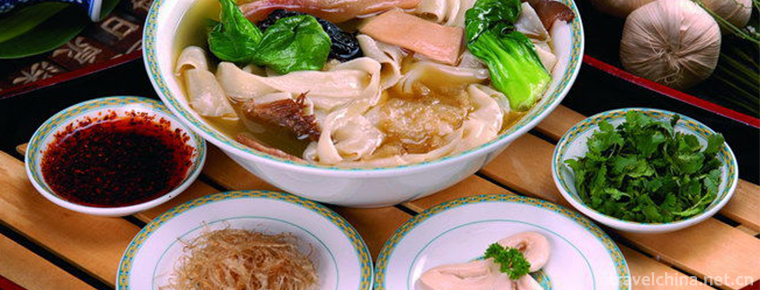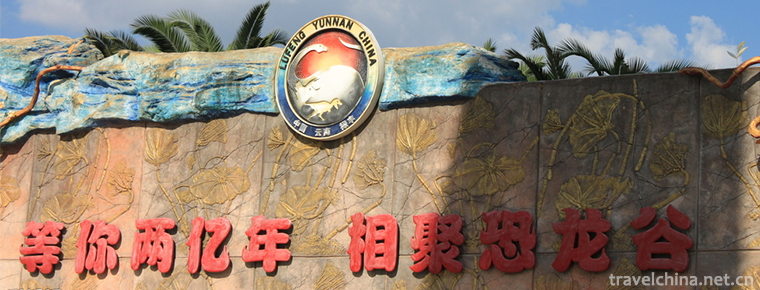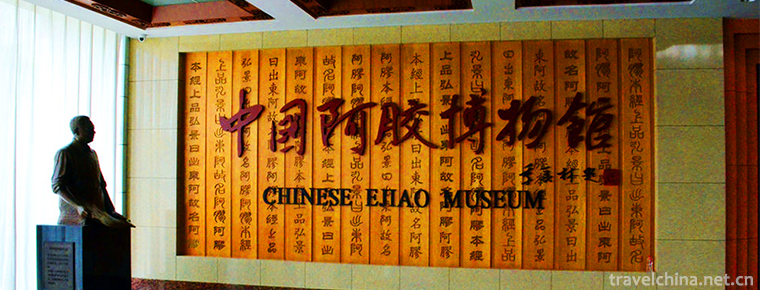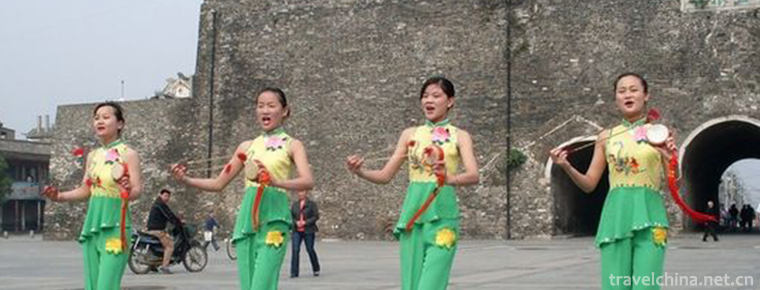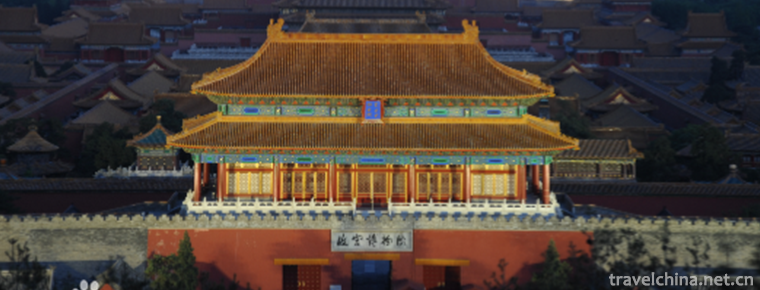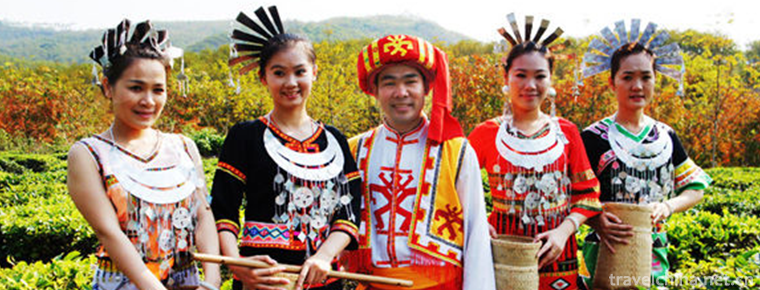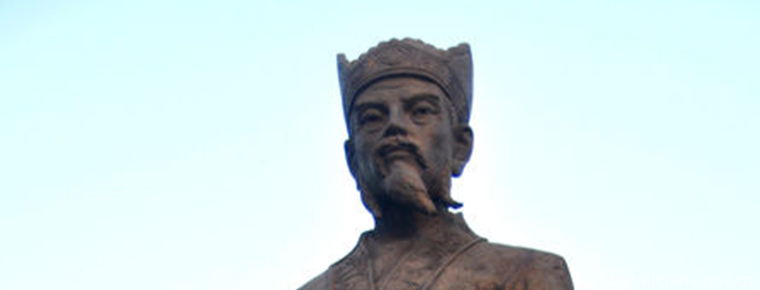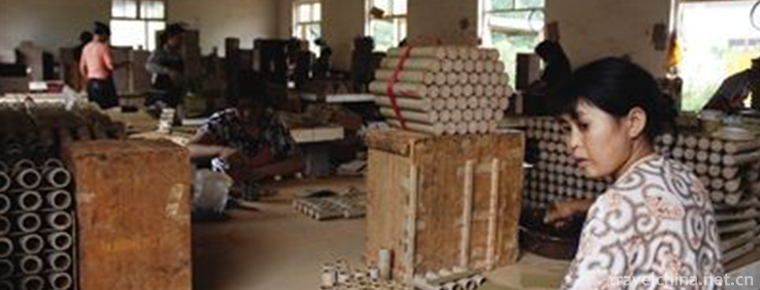Chongzhou Confucian Temple
Chongzhou Confucian Temple
One of the four best preserved Confucian temples in Sichuan Province. National key cultural relics protection units. Confucius Cultural Center in Western China. It is located in the south of Chongzhou painting pool. Covering an area of more than 10 mu, the existing construction area is about 2400 square meters.
brief introduction
The back of Chongzhou Confucian temple is located at the south entrance of nanmishi street and the north to the South Bank of juhuachi. Its central axis is about one mile long. On the central axis of nearly 500 meters, there are three memorial archways, such as "Wanshi Shibiao", Zhaobi of palace wall, lingxingmen gate, guleting, panchi, Jimen, Dacheng hall, bell and Drum Tower, Qisheng hall, Zunjing Pavilion and other main structures and buildings, which are magnificent and spectacular.
Since the 1980s, the government has allocated funds for the maintenance of Confucian temples. More than 60 statues of Confucius and his parents and disciples have been carved in Dacheng hall, Qisheng hall and East and west sides. More than 100 quotations of Confucius have been engraved on both sides of the Lingxing gate to publicize Confucius thought, praise the style of Confucius and describe the development of Confucianism. Since 1999, International Confucius Culture Festival has been held here every year before and after Confucius' birthday in September.
Dacheng Hall
Chongzhou Laozu hall is the origin and development of Chinese civilization, and Chongzhou Laozu hall is the core origin of Taoism. At present, both Heming mountain Taoism in Dayi County and Qingcheng Mountain Taoism in Dujiangyan belong to the origin of Chongzhou Laozu temple.
Laozi Hall (spot) - the place where Chinese thought develops
Laozi Temple (point) in today's Chongzhou city (Shuchuan in Han Dynasty and Shuzhou in Tang Dynasty) is the development place of the world's thought. It was first built in the Tang Dynasty and rebuilt in the Wanli period of the Ming Dynasty. It is a temple for sacrificing Laozi in the past dynasties, also known as "Laozu hall" or "Laozi Xinggong". There are stone inscriptions of Laozi's moral Scripture, and documents about Laozi are displayed. In front of the palace, there is a lane for asking for rites, which is said to be the place where Confucius asked Laozi for rites. During the Ming Dynasty, the feudal ideology ruled and worshipped Confucianism. In the early Ming Dynasty, Hongwu changed the name of "civet cat for Taizu" into "Confucius Confucian Temple". In the 11th year of Zhengde of Ming Dynasty (1516), it was overhauled, and then it was destroyed in the fire of war. The existing buildings were rebuilt during the reign of Emperor Kangxi and Guangxu of Qing Dynasty, and then the Qing Dynasty perished and the feudal thought ended.
Laozi temple was built in 686 A.D. from the prosperous Tang Dynasty to the Five Dynasties (the second year of Wu Zetian's hanging arch). At that time, the Tang Dynasty believed in Taoism and was built to commemorate the Taoist ancestors. Laozi temple was built at the site of Laozi Taoist Scriptures (Laozi site). Tang Dynasty economy and culture developed to the peak of Chinese culture. The former and present Chongzhou Confucian temple is a historical wrong record.

-
Zhengzhou Xiao Ji stewed noodles
Zhengzhou Xiao Ji stewed noodles,Xiao Honghe, the founder of Xiao Ji Yanmian, was a master of Yifumian at Changchun State-owned Hotel in Zhengzhou. .
Views: 177 Time 2018-11-26 -
World Dinosaur Valley
Lufeng World Dinosaur Valley is located 23 kilometers south of Lufeng County, Chuxiong Prefecture, at Ana Village Dinosaur Mountain, Chuanjie Township. It is situated beside Kunchu Expressway.
Views: 113 Time 2018-12-19 -
China Ejiao Museum
China Ejiao Museum, built in 2002, is located at the foot of Mount Tai, east of Donga County on the Bank of the Yellow River. It is funded by Donga Jiao Group, the largest Ejiao production enterprise .
Views: 135 Time 2018-12-22 -
Fengyang flower drum
Fengyang flower drum is also known as "flower drum", "beating flower drum", "flower drum gong", "double drum" and so on. Fengyang flower drum originated in Linh.
Views: 330 Time 2019-04-29 -
Fengyang folk songs
Fengyang folk song is a traditional folk song in Anhui Province. Fengyang folk song in Fengyang flower drum is one of the important components of Fengyang folk song.
Views: 206 Time 2019-04-29 -
Construction Skills of Official Ancient Architecture
In the process of construction and maintenance of the Palace Museum ancient buildings, a complete set of traditional palace building construction techniques with strict shape has been formed on the ba.
Views: 296 Time 2019-05-01 -
Li nationality costumes
Li costumes are mainly made of island cotton, hemp, kapok, bark fiber and silk. In ancient times, some places also used the bark of twig or bloody throat trees as clothing materials. This kind of dres.
Views: 128 Time 2019-05-12 -
Legend of Liu Bowen
Liu Bowen's legend is based on the traditional folk oral literature of Liu Ji, a historical figure, spread throughout the whole country in eastern Zhejiang, with Qingtian, Wencheng and other southern .
Views: 363 Time 2019-05-13 -
Production Techniques of Liuyang Fireworks
Liuyang fireworks production in Hunan has a long history. According to records, it began in Tang Dynasty and flourished in Song Dynasty. During Kangxi period of Qing Dynasty, the production had a cons.
Views: 337 Time 2019-05-13 -
Introduction to Chinese embroidery
Embroidery, known as needle embroidery in ancient times, is a kind of technology that uses embroidery needle to guide color thread, embroiders the designed patterns on textiles, and forms patterns with embroidery traces. In ancient times, it was called "Juju" and "pinju"..
Views: 100 Time 2020-12-12 -
Location of Meishan
Meishan is located in the southwest of Chengdu Plain and the middle reaches of Minjiang River in Sichuan Basin. It spans 29 ° 24 ′ - 30 ° 16 ′ N and 102 ° 49 ′ - 104 ° 30 ′ e. it is 150 km long from east to west and 72 km wide from south to north. It connects Chengdu,.
Views: 353 Time 2020-12-18 -
Dazhou landform
The terrain of Dazhou city is high in the Northeast (Daba Mountain Area) and low in the Southwest (Basin hilly area). The highest point is datuanbao, Jichang Township, Xuanhan County, with an altitude of 2458.3 meters; the lowest is Tianguan village, Wan.
Views: 109 Time 2020-12-20
